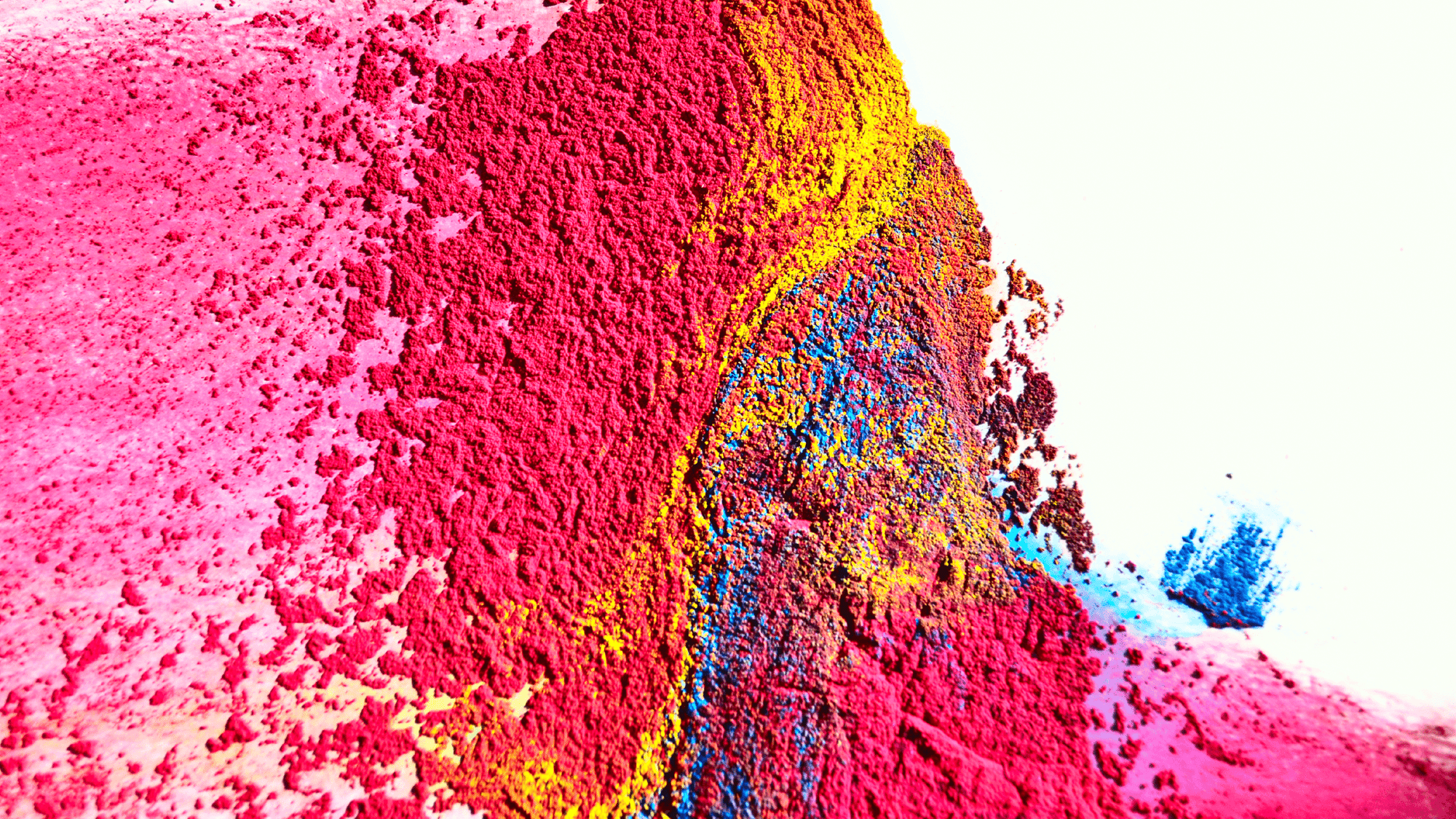Inkjet vs. Offset vs. Toner: What to Know About These Types of Commercial Presses

In the past couple of years, digital inkjet printing has reached into more markets and applications, some of which include commercial printing, signage, and art books. The expansion of digital inkjet into these arenas is due in large part to inkjet’s superior print quality, speed, and cost-effective nature.
“The new generation of inkjet prints delivers more color, more coverage, and more overall quality. Today we can confidently say there are inkjet presses that deliver better print quality than typical offset presses,” write Elizabeth Gooding and Mary Schilling, authors of The Designers Guide to Inkjet, 3rd Edition.
Even with the technological evolution of digital inkjet, there is still a place for offset and toner printing, provided you understand the fundamentals of each press type. Here, we’ll look at inkjet vs. offset vs. toner print technology to help you decide the ideal print device type for your application — and to help select a printer with the right equipment for your needs.
What to know about offset printing
One of the biggest differences between each type of press — particularly between digital inkjet and offset printing — is how ink is applied to the substrate during the print process. The difference in ink application dictates the kinds of inks and papers that are most compatible with each style of press.
Offset presses use large films and plates to apply ink to the sheet. These plates must be fabricated before the print process begins, and sheets that use different text and images require plates that are configured to print those specific elements.
“The traditional offset process produces only static images. If you want to design a series of direct mail pieces on offset, each must be a separate job with its own unique films and plates,” explain Gooding and Schilling.
The ability to print quality, high-volume static pieces makes offset printing ideal for projects that require very little personalization or versioning. Such applications include trade paper book publishing, though it’s important to note that book publishers are beginning to embrace digital inkjet due to its ability to produce print runs of any size.
The ability to print books in any quantity helps publishers virtually eliminate warehousing costs and makes it easier to keep titles in print.
What to know about digital toner printing
Digital toner presses — also known as electrophotographic presses — use toner and a series of electrostatic charges to reproduce designs on a printed sheet. This process equips toner processes to produce a wide color gamut compared with digital inkjet presses, though toner presses generally print at a slower rate than inkjet, and this extended print time can result in cost increases.
Color toner printing overcomes the versioning and personalization issues presented by offset printing. Digital toner presses can leverage variable data to create personalized print, and they can also create stunning full-color prints with the same quality as digital inkjet.
While optimizing cost and production time with toner presses can be a challenge, toner presses do offer more variety in terms of the substrate, particularly when using more specialty paper stocks that can give your print piece a little extra wow factor.
What to know about digital inkjet printing
For many print applications, digital inkjet has emerged as the ideal press technology, particularly for projects that require personalization and a high-quality full color. Digital inkjet’s single-pass ink application process uses a fixed number of printheads that span the width of the substrate to apply ink as the substrate is fed through the press.
This is faster and more efficient than a multi-pass process, and it also helps create a more consistent, vibrant printed piece. Plus, the ability to print on a wide variety of substrates and streamline finishings like cutting, perforating, and stacks makes digital inkjet ideal for a wide range of applications.
Digital inkjet also makes it possible for designers to print personalized print in the precise quantities required to help reduce print costs and waste.
“Now, most print buyers understand the full impact of obsolescence costs due to branding or program changes, storage expenses, shipping costs, and time lags to deliver from a warehouse to multiple locations,” explain Gooding and Schilling. “From an economic and risk management standpoint, inkjet is often the better platform choice.”
This overview of inkjet vs. offset vs. toner print technology gives you a good understanding of how to choose the right press for your print project, but this is just the beginning of this conversation. The Designer’s Guide to Inkjet, 3rd Edition has everything you need to know to make the best decision for your application. Download the guide to learn more.
See More Like This
See MoreInkjet Insights
LEARN: Inkjet Treated vs. Inkjet Coated: What to Know About These Paper Types
Inkjet Insights
LEARN: What Is a Magalog?
Inkjet Insights
LEARN: What Are Bitmap Images? A Designer’s Guide to Image File Formats
Inkjet Insights
LEARN: How to Create a Press-Ready PDF for Digital Inkjet Printing